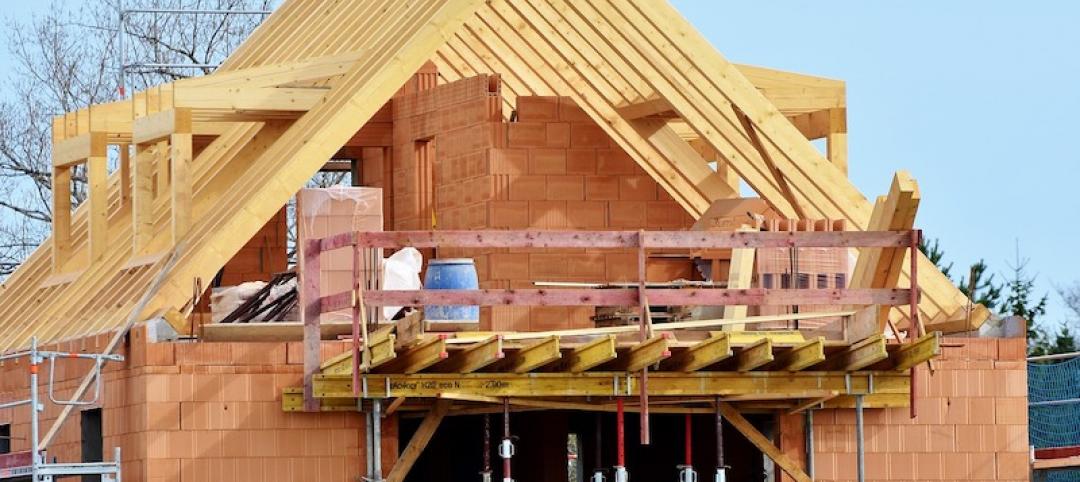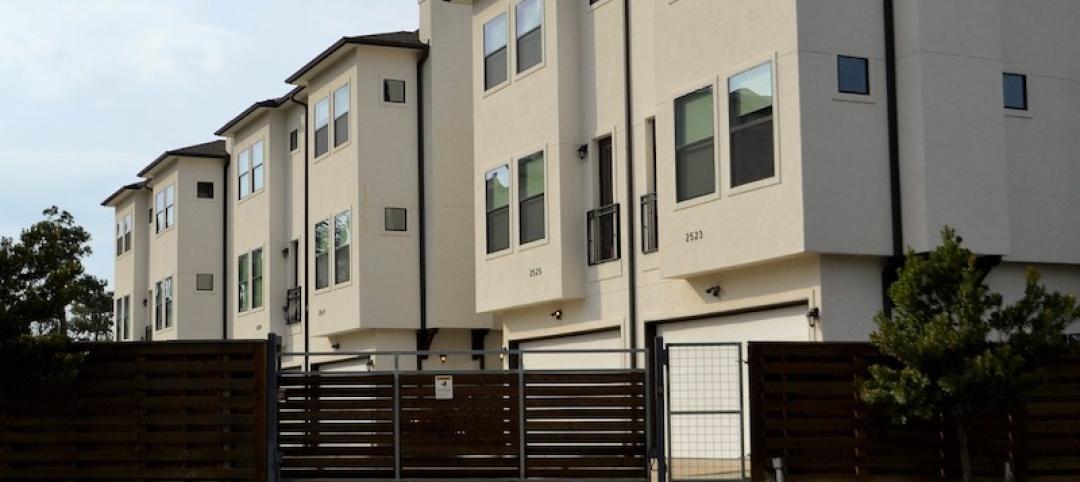A new standard for Phase I environmental reports is in the works and will require more work for environmental consultants.
The new standard, ASTM E1527-21, which will replace the existing ASTM E1527-13, affects about 250,000 commercial real estate transactions a year. It will, among other things, mandate more in-depth historical reviews at many locations, including a requirement to examine the history of adjoining properties.
One of the drivers for these changes is to determine potential health risks represented by dry cleaning businesses. Contamination from these businesses is the leading source of environmental liability in commercial real estate transactions.
The new standard also adds PFAS (per- and polyfluoroalkyl substances) and other emerging contaminants to the list of “non-scope issues” that a user may want to evaluate as a business risk. This is how asbestos and mold is handled according to the current standard.
The standard for Phase I environmental reports is updated every eight years. It was last revised in 2013.
Related Stories
Codes and Standards | Nov 6, 2019
Undisclosed ICC agreement with NAHB alleged to thwart more stringent efficiency codes
Homebuilders’ seats on ICC made it easier to block new provisions, report alleges.
Codes and Standards | Nov 4, 2019
ASHRAE releases new version of energy efficiency standard for buildings
Standard 90.1 includes revisions of envelope, lighting, HVAC provisions.
Codes and Standards | Nov 1, 2019
Resiliency of a community’s housing stock can be measured according to new benchmark
Metric can help municipalities prepare for disasters.
Codes and Standards | Oct 31, 2019
FEMA, ICC release updated guide on integrating I-Codes into floodplain management regulations
Provides advice on satisfying requirements for the National Flood Insurance Program.
Codes and Standards | Oct 30, 2019
ILFI releases new version of Living Building Challenge Framework for Affordable Housing
Document includes updated findings, case studies, new strategies for financing, designing, building affordable housing.
Codes and Standards | Oct 28, 2019
U.S. military demands landlords address health hazards in troop housing
Air Force threatens formal dispute process.
Codes and Standards | Oct 24, 2019
ASHRAE design contest winners demonstrate building resilience
Model building, a city hall, could operate without utility service for two weeks.
Codes and Standards | Oct 22, 2019
Efficient material design, low-carbon concrete are critical to cutting GHG emissions in construction
Enhancing building utilization and reusing materials also aid carbon reduction.
Codes and Standards | Oct 21, 2019
Historic properties not exempt from Americans With Disabilities Act
Some exceptions do apply.
Codes and Standards | Oct 18, 2019
St. Louis could save $61 million per year in energy costs by improved building performance
GHG gases can be reduced by at least 11% with upgrades to public buildings and large private buildings.

















